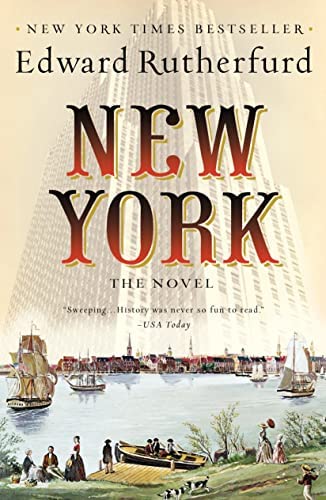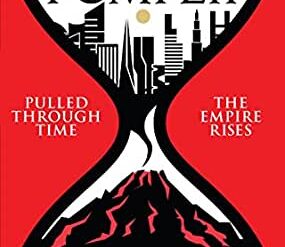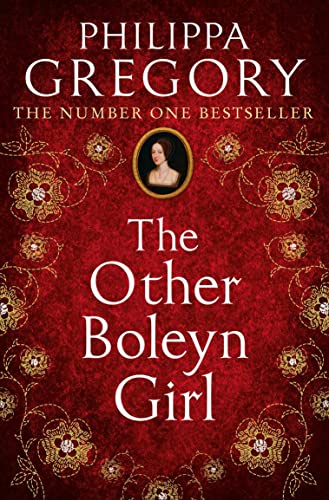
Estimated reading time: 5 minutes
Ask American college graduates to name any of the kings of England before Charles III, and if they can cite any at all they’ll probably come up with a single example. Henry VIII. Few stories in the English-speaking world are more familiar than that of Henry and his six wives. Amazon lists hundreds of books about the man and the ill-fated women who pandered to his passions. Yet most often those books tell the story from his or another man’s perspective, or that of one or more of the wives. The celebrated English historical novelist Philippa Gregory takes another tack in The Other Boleyn Girl. She views the story through the eyes of Mary Boleyn, the younger sister of Henry’s second wife, the mother of Queen Elizabeth I. Though the novel may occasionally stray from the historical facts, the result is both moving and essentially true.
An English historical novel from a woman’s perspective
Mary and Anne Boleyn are the daughters of Sir Thomas Boleyn, a retainer in the royal court of both Henry VII and his son. Boleyn was an ambitious man who had already married “above his station” into the powerful Howard family. But he saw his greatest chance at rising to true wealth and prominence in his beautiful daughters. Gregory portrays him as pushing each of them in turn into Henry VIII’s arms, first Mary, then Anne. And each in turn served for several years as Henry’s mistress, Mary until the king cast her aside, and Anne when he finally married her in 1533.
The two young women were both teenagers in Gregory’s telling when they caught Henry’s fancy. And both had been promised to other men. In fact, Mary was married and already the mother of two young children at the time. And Anne was secretly betrothed to the son of an earl. They were forced to cast aside their lovers to make way for the king.
The Other Boleyn Girl (Plantagenet and Tudor Novels #9) by Philippa Gregory (2001) 664 pages ★★★★☆
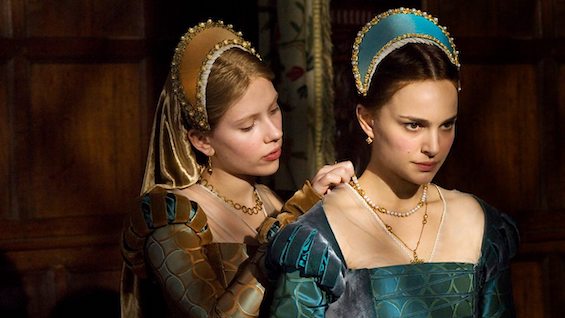
Two sisters, different in all respects
Most fictional accounts, and much of what historians have written about them as well, paint Thomas Boleyn and his father-in-law, the Duke of Norfolk, as ruthless, amoral men. In their hands, Mary and Anne were simply pawns. And Gregory’s tale is no different. However, she portrays Mary as a simple, unambitious soul, wishing only to raise her children in the countryside, far from the intrigues of the court. By contrast, Anne comes across as what her contemporaries would have called a shrew. We view her as greedy, nasty, and intolerant, at times shrieking at everyone around her, including the king. History tells us that she lost her life on Henry’s orders because she repeatedly failed to give birth to a son and heir to the throne. But, Gregory implies, she was such an unpleasant person that he might well have been tempted to put an end to all the shrieking in a permanent way, son or no son.
About the author
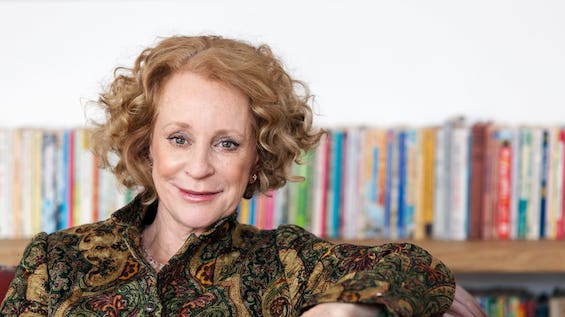
Philippa Gregory has been publishing historical novels since 1986. The Other Boleyn Girl is her best known work. Gregory was born in 1954 in Nairobi, Kenya, but moved with her parents to England at the age of two. She began adult life as a journalist, only later enrolling for a degree in literature, later switching to history, from Sussex University. After further work as a journalist for the BBC, she attended the University of Edinburgh, and there received a PhD in in 18th-century literature. She has since taught at several universities. She now lives on a farm in Yorkshire with her husband, children, and stepchildren (six in all). In addition to the fifteen Plantagenet and Tudor novels, she has written fifteen other novels as well as many children’s books, short stories, and one work of nonfiction.
For related reading
I’ve also reviewed two other novels by Philippa Gregory in the same series:
- The White Queen – Plantagenet & Tudor Novels #2 (Viewing English history as tragedy through the life of a queen)
- The Kingmaker’s Daughter – Plantagenet & Tudor Novels #4 (Nothing noble about the nobility in 15th century England)
And you’ll find a great story set in the same period as this novel at Wolf Hall (Wolf Hall Trilogy #1) by the late Hillary Mantel (Hillary Mantel won the Booker Prize for this sprawling historical novel). Wolf Hall‘s sequel, Bring Up the Bodies, also won the Booker Prize.
You might also find similar good books to read at:
And you can always find my most popular reviews, and the most recent ones, on the Home Page.


